Quick Tips for Sending a Snow Day Message to Faculty
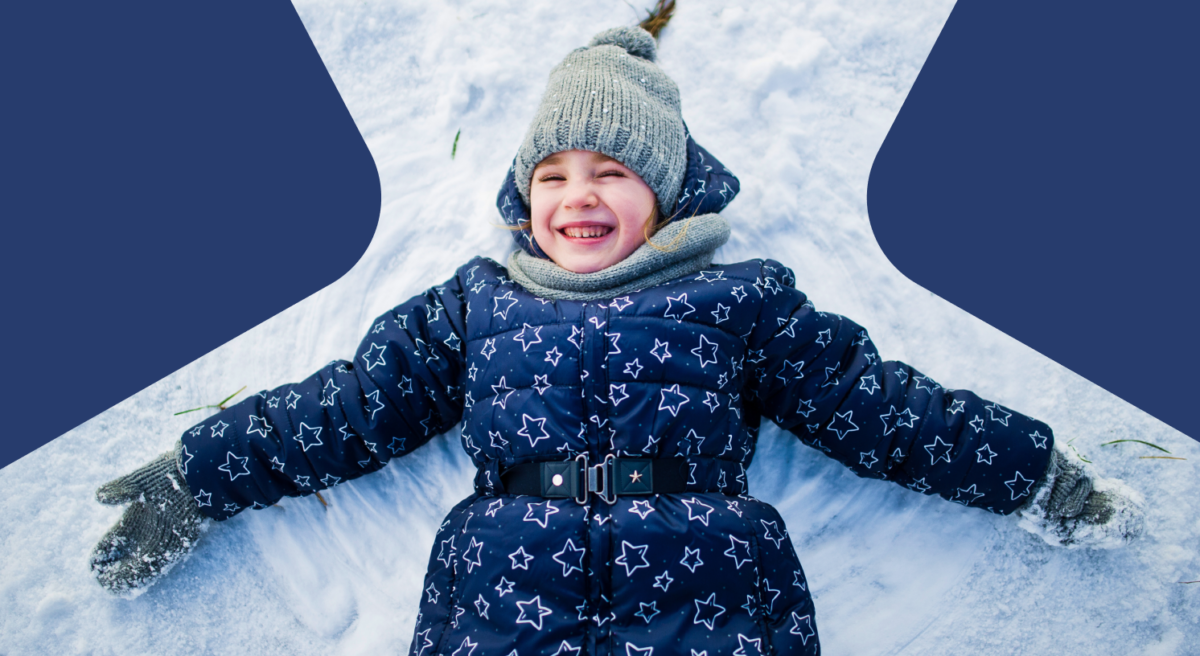
Winter is just around the corner, which means snow days might be on the horizon! Before the weather takes a turn, it’s crucial to send your faculty a clear and effective snow day message. Not everyone is familiar with what’s expected during a snow day, and a lack of clarity can lead to confusion, missed communication, and stressed-out families. With a little preparation, you can ensure your team is ready, and parents stay informed.
So, are you ready to get ahead of the winter weather? Let’s dive into two quick tips to make sure your snow day communication is spot on!
Tip #1: Be Crystal Clear in Your Messaging
When it comes to snow day announcements, clarity is everything. Believe it or not, even seemingly simple terms like “today” or “tomorrow” can cause confusion for parents. A vague message can easily lead to misinterpretation—parents might find themselves wondering, “Does ‘tomorrow’ mean the next calendar day, or does it mean the day after tomorrow?” 🤔
To avoid this, make sure your faculty knows to send out specific, detailed communications. When teachers write snow day updates or send school newsletters, their messaging should be precise, especially in the subject line. For example, compare the following subject lines:
- Vague: “No School Tomorrow”
- Clear: “Snow Day – No School on Monday, December 5th”
The second example leaves no room for interpretation. The date and details are clear, reducing confusion for parents and ensuring everyone knows the exact plan.
In the body of the message, also provide specific times (e.g., “School will resume on Wednesday, December 7th at 8 AM”) and details on how the snow day will be managed, whether it’s a learning day or a traditional snow day. This helps ensure families are fully prepared and know what to expect.
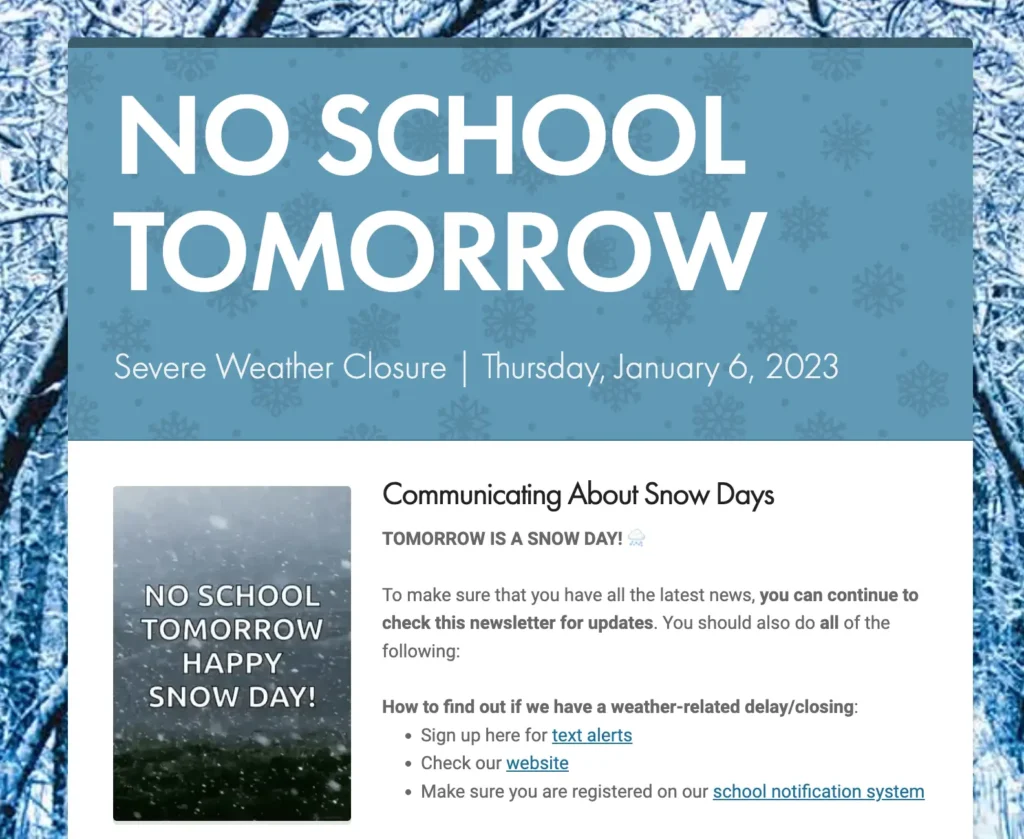
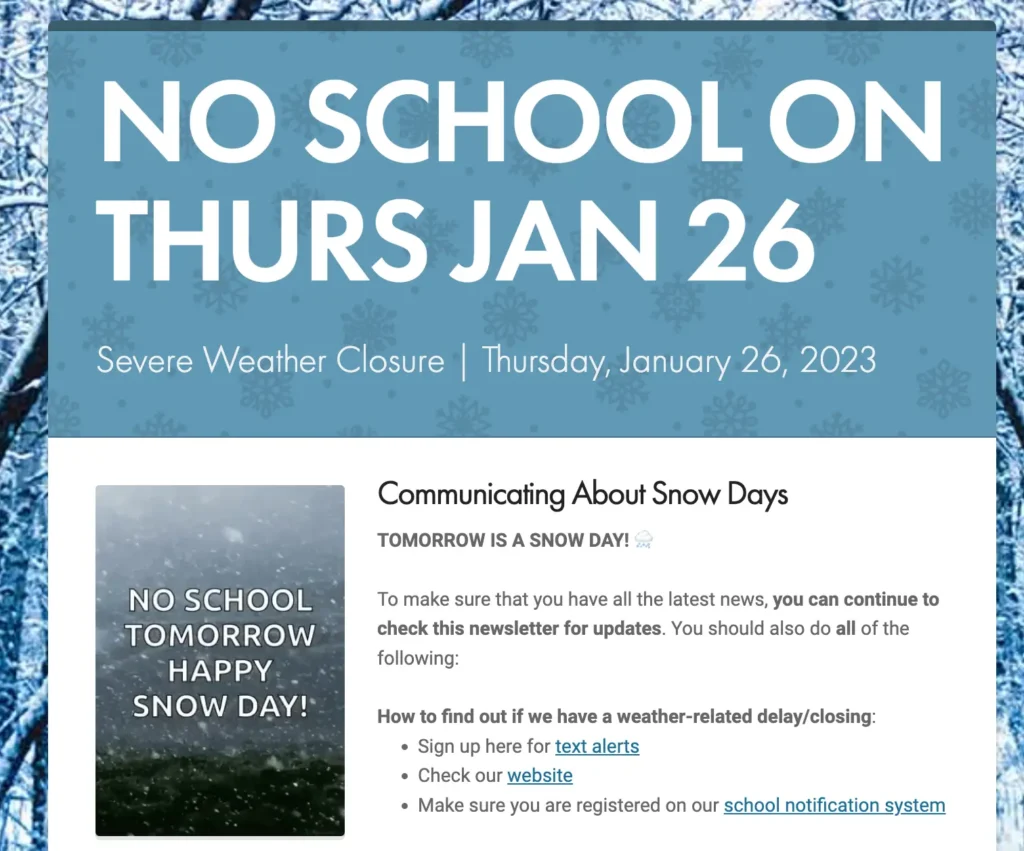
Tip #2. Clarify the Type of Snow Day in Advance
Before snow days start popping up on the calendar, it’s essential to decide what kind of snow day your school will observe. You have three main options, and each requires different instructions for your staff and students. Let’s break them down:
1. Synchronous Learning Snow Day
In this case, classes continue via virtual platforms like Zoom or Google Meet. Teachers should be prepared to run their lessons remotely, so they’ll need clear expectations in advance. Include specific instructions in your message about what time virtual classes will begin and end, and how students should access the online learning platform.
Remind teachers to test their tech beforehand to avoid any last-minute connectivity issues. Make sure your staff has access to resources like this guide to teaching on Zoom to help the day run smoothly.
2. Asynchronous Learning Snow Day
With asynchronous learning, students work on assignments independently, and there’s no live instruction. Teachers will need to post assignments on Google Classroom, Canvas, or another platform before the snow day starts. Be clear in your message that teachers should have these tasks uploaded ahead of time and should check in periodically throughout the day to monitor progress and answer any questions from students.
In your snow day message, remind families how to log into the learning platform and where to find assignments. For reference, you can check out this guide on managing asynchronous learning for best practices.
3. Classic Snow Day
Of course, there’s the tried-and-true classic snow day—no school, no lessons, just pancakes, sledding, and hot chocolate! While this might be a welcome break for students, you can still help parents by including some fun, low-pressure resources in your snow day newsletter. Share a link to kid-friendly indoor activities or a list of snow-themed books to keep the learning light and fun.
Even if the day is free of academics, it’s helpful to let parents know exactly what to expect:
Today is a classic snow day. No virtual classes or assignments! Enjoy your day and stay safe!”
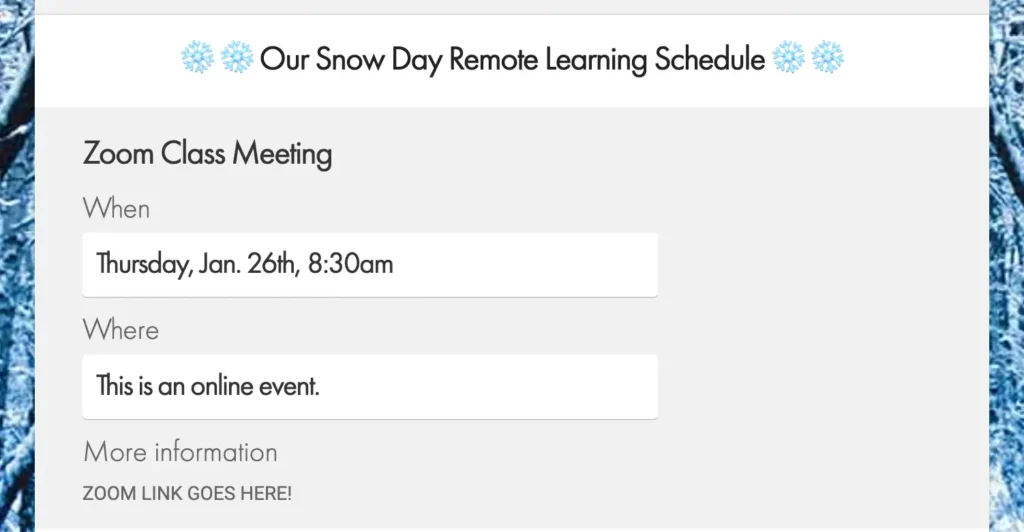

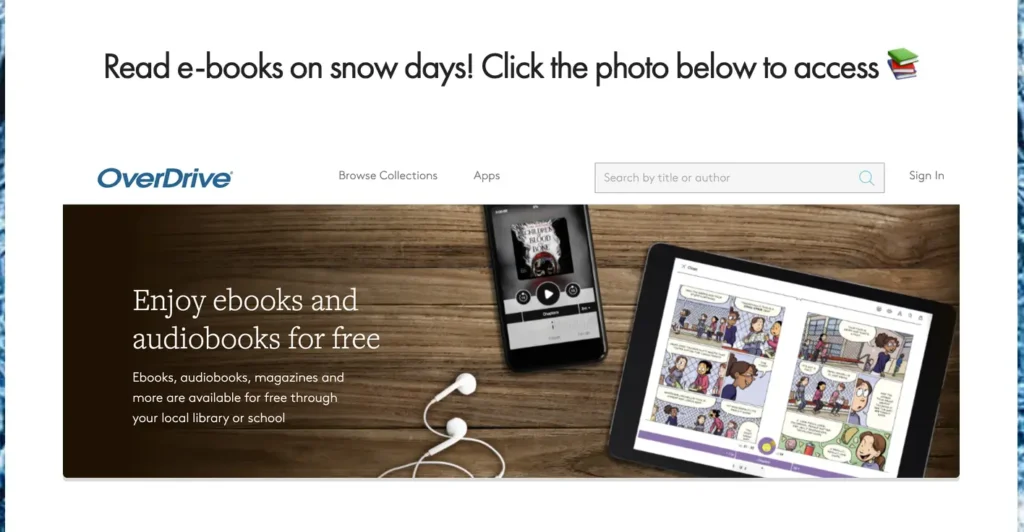
Additional Snow Day Tips for Teachers
When drafting your snow day message, be sure to include these helpful reminders for teachers:
- Tech Check: Remind teachers to check their devices and internet connections before any virtual learning days.
- Prepare Resources: Encourage teachers to have assignments ready and scheduled for posting, especially for asynchronous days.
- Keep it Fun: For classic snow days, suggest that teachers share a fun winter activity or reading recommendation with their students to help keep them engaged, even if learning isn’t mandatory.
Keep Communication Clear and Consistent
By following these two simple tips, you can ensure your snow day communications are timely, clear, and helpful for both your faculty and the families in your school community. A little preparation goes a long way in making snow days stress-free and smooth for everyone involved.
Looking for an easy way to create and send snow day newsletters? Try Smore’s templates to personalize your message and get started quickly. Stay warm, and happy snow days!
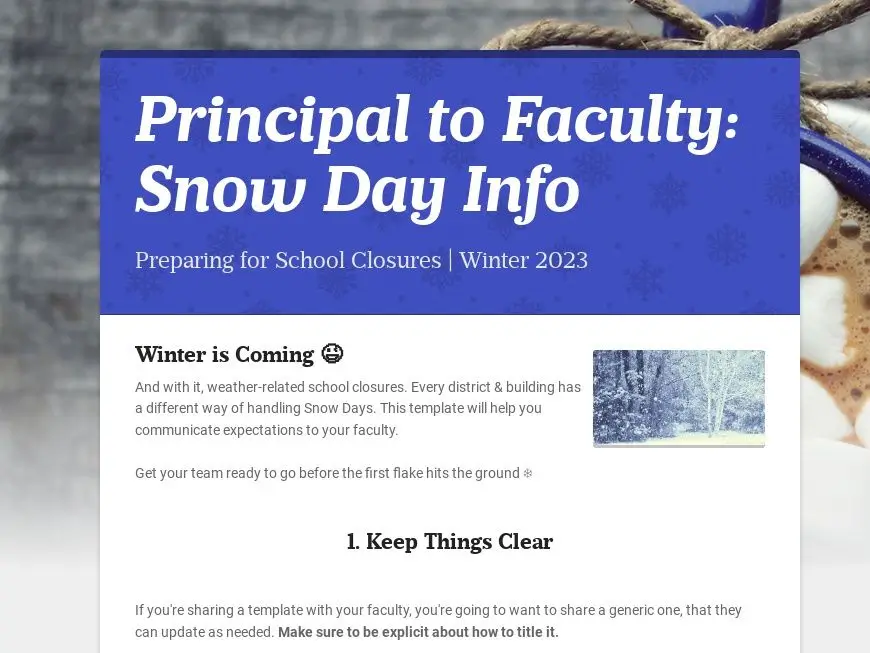
Subscribe to Smore Blog
Get the latest posts delivered right to your inbox





